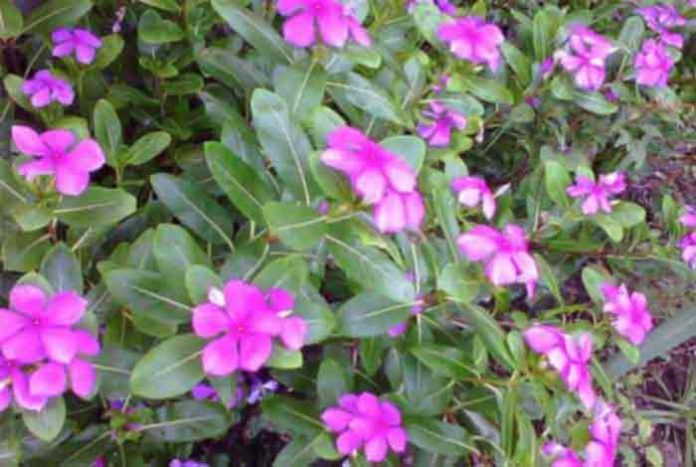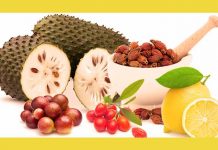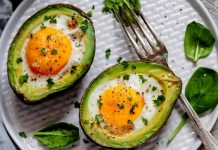
The Madagascar periwinkle or rosy periwinkle is a beautiful little plant that blossoms in many gardens. But, besides beautifying the gardens, there’s more to it.
For many years, scientists have been extracting a chemical, called vinblastine from its leaves. It was found in 1950 in Canada that vinblastine is extremely useful as a drug for treating cancer.
It prevents the cells from undergoing mitosis, thus stopping cell division. It has been used in the treatment of bladder, lung, testicular, breast and ovarian cancer.
The WHO has listed vinblastine as an important medicine, which is effective and safe.
What’s the Issue with Vinblastine?
An issue that overpowers the benefits of vinblastine is that it is difficult to extract. Although there have been technological advancements, but still it is an expensive and slow procedure. Only 1 gm of vinblastine is produced from 500 gm of dried leaves.
For this reason, the scientists are trying to understand how the chemical is made by the plant. If they are able to figure out the process of its manufacturing in plants, they could probably copy it in laboratory for producing vinblastine at a much lower cost.
For the past so many years, researchers at the John Innes Centre in U.K. are trying to reveal the genetics of the Madagascar periwinkle.
With support from the other scientists at the France-based Courdavault group, Dr. Lorenzo Caputi has been able to unravel this. With genome sequencing techniques, he and his colleagues have located the missing genes in the production of vinblastine. Prof. Sarah O’Connor of John Innes Centre says that it has a complex structure and many people have been trying for the past 6 decades to reach the point, where they have recently arrived in the study.
31 Steps to Produce Vinblastine
The findings have been compiled by scientists in a joint effort across various laboratories. A paper was published in the journal, Science, in which the researchers mentioned about identifying an enzyme involved in the final steps of synthesizing vinblastine – tabersonine and catharanthine.
Researchers used modern technology, literature and chemistry to develop the chemical procedure to transform its precursor molecule to vinblastine, which includes 31 steps. This depicts that how important rosy periwinkle is pretty useful.
The enzymes that were identified can be clubbed with the techniques of synthetic biology to create vinblastine. With this information, the amount of vinblastine produced can be increased. Scientists feel that within the next year or year and a half, they will be able to produce small amounts of either vinblastine or its precursors, catharanthine and vindoline.










